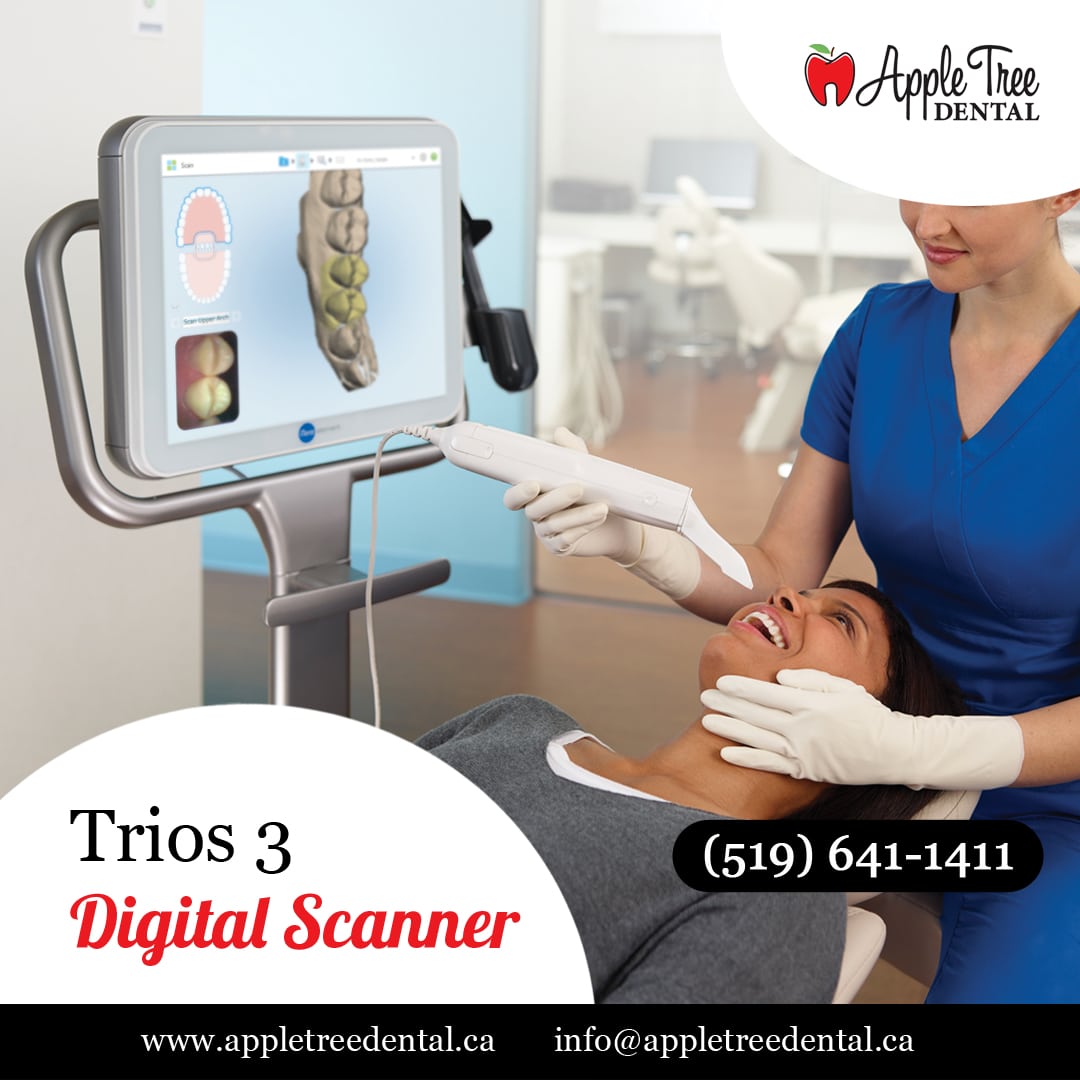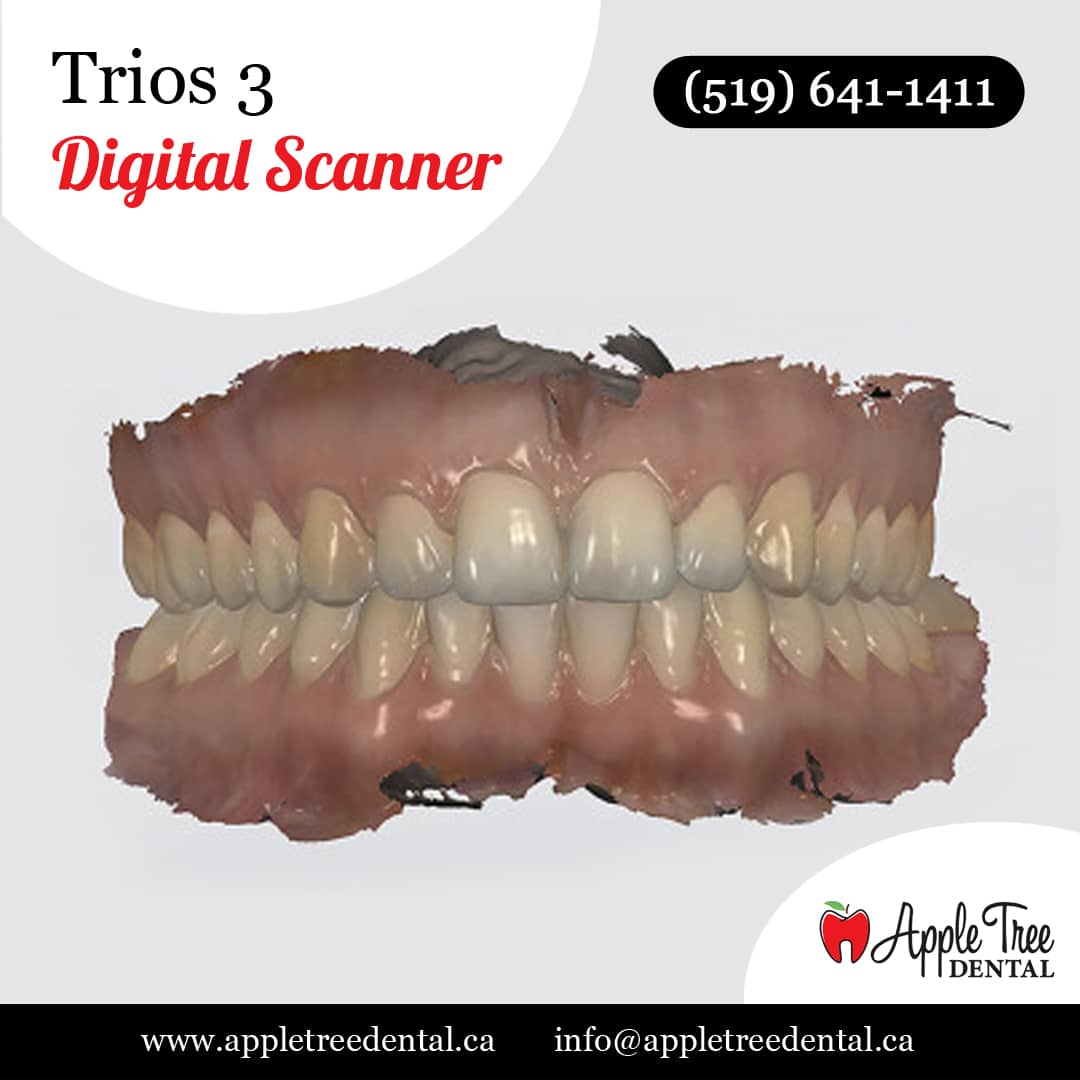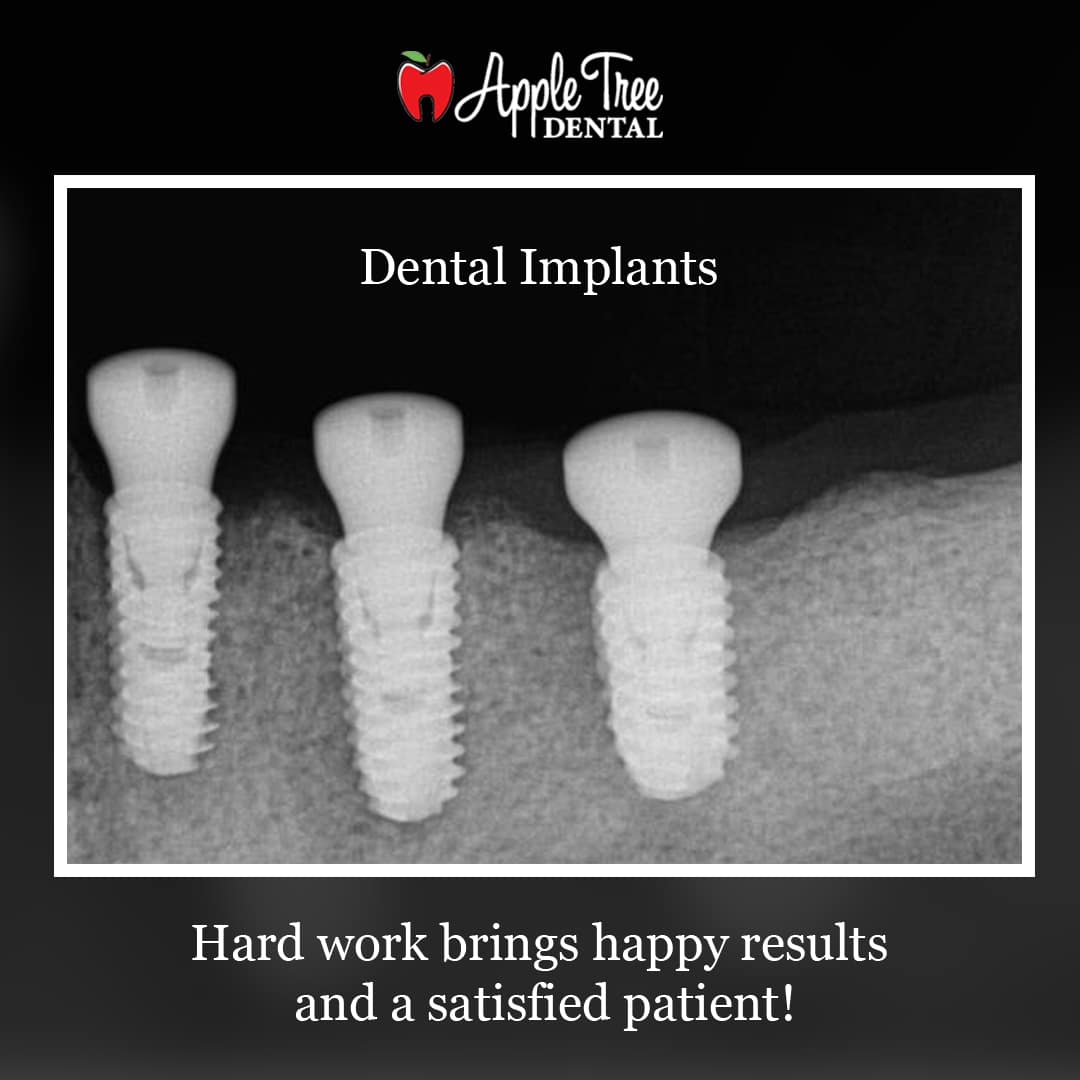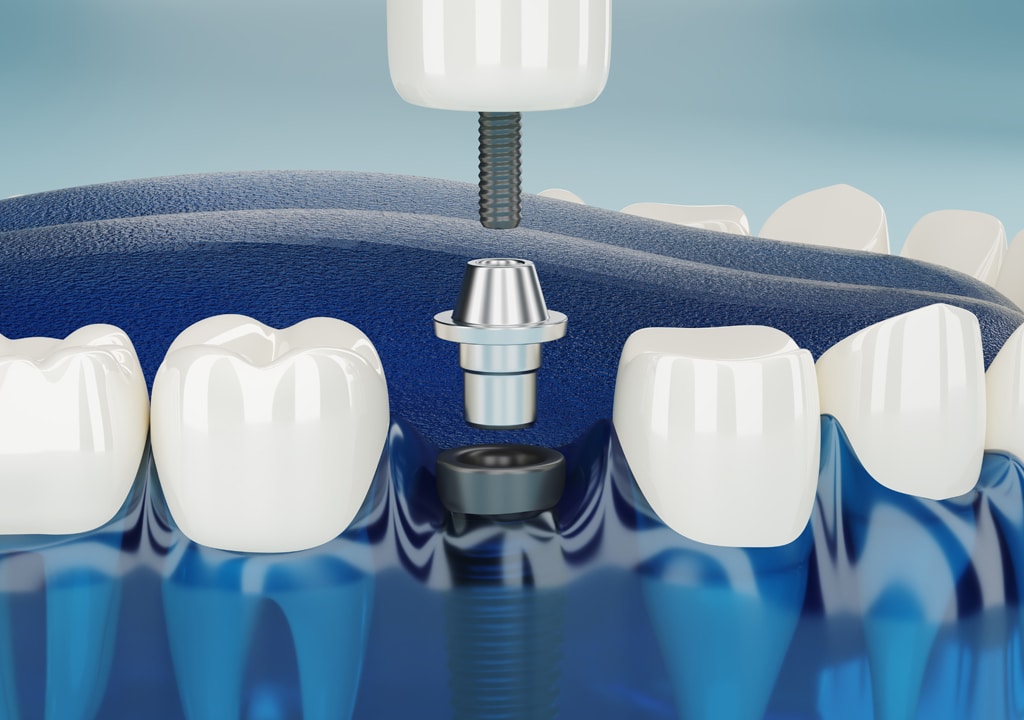Blog
How Can Child’s Oral Habits Affect Permanent Teeth
Introduction:
We have compiled this article on How Can Child’s Oral Habits Affect Permanent Teeth. The reference links are at the bottom of the article.
[1]Giving importance to the child’s oral health is an essential point that the parents should never neglect right from the time they are born. It is a fact that when the baby’s teeth get replaced with permanent teeth, it still plays an essential role in the child’s oral hygiene. You should keep your children’s teeth healthy as they are the foundation of permanent teeth. Compromising such a necessary health factor could deteriorate the overall teeth of the children. There are many things that you must take care of from the very beginning of the child’s teeth journey as a parent.
According to WHO (World Health Organization) and the best dental clinic in Whitefield, almost 530 million or more children suffer from some sort of dental health condition of primary teeth (also known as milk teeth). One Of the leading causes of such issues is the ignorance of the parents of their child’s oral health. Parents often believe that the permanent teeth will replace the milk teeth so there would be no use in keeping up with their health. But on the contrary, it is not the fact. If you want your child to have complication-free, permanent teeth, it is necessary to take care of the child’s oral health seriously from the onset with no delay. The baby teeth or milk teeth significantly impact the development of the permanent teeth plus the overall dental health.
[2]Oral Health Problems In Children
Baby Bottle Tooth Decay
Baby bottle tooth decay (also called early childhood caries, nursing caries, and nursing bottle syndrome) happens when a baby’s teeth are in frequent contact with sugars from drinks, such as fruit juices, milk, formula, or any other sweet drink. If breastfed infants fall asleep with unswallowed milk in their mouth, they are also at risk for tooth decay. Bacteria in the mouth feed on the sugars, causing tooth decay.
If left untreated, decayed teeth can cause pain and make it difficult to chew and eat. Also, baby teeth serve as “space savers” for adult teeth. If baby teeth are damaged or destroyed, they can’t help guide permanent teeth into their proper position, possibly resulting in crowded or crooked permanent teeth. Badly decayed baby teeth could lead to an abscessed tooth, with the possibility of infection spreading elsewhere in the body.
How Do I Prevent Baby Bottle Tooth Decay?
Some tips to prevent baby bottle tooth decay include:
- During the day, to calm or comfort your baby, don’t give a bottle filled with sugary drinks or milk; instead, give plain water or a pacifier.
- Never dip your baby’s pacifier in sugar, honey, or any sugary liquid.
- Don’t put your baby to bed with a bottle filled with sugary drinks (watered-down fruit juice or milk still increases the risk of decay).
- If your baby is nursing at night, make sure you remove your breast from your baby’s mouth when they fall asleep.
- Don’t add sugar to your baby’s food.
- Use a wet cloth or gauze to wipe your baby’s teeth and gums after each feeding. This helps remove any bacteria-forming plaque and sugar that have built up on the teeth and gums.
- Ask your dentist about your baby’s fluoride needs. If your drinking water is not fluoridated, fluoride supplements or fluoride treatments may be needed.
- Teach your baby to drink from a cup by their first birthday. Moving to a “sippy cup” lowers the teeth’s exposure to sugars, but constant sipping from the cup can still result in decay unless it is filled with plain water.
Thumb Sucking
It’s normal and healthy for infants to suck their thumbs, fingers, pacifiers, or toys. Object sucking gives children a sense of emotional security and comfort. But if thumb sucking continues beyond the age of 5, when the permanent teeth begin to come in, dental problems can occur. Depending on the frequency, intensity, and duration of the sucking, the teeth can be pushed out of alignment. Your child may also have difficulty with the correct pronunciation of words. In addition, the upper and lower teeth can become misaligned and the roof of the mouth might become malformed.
Tips To Help Your Child Stop Thumb Sucking
First, remember that thumb sucking is normal and should not be a concern unless the habit continues as the permanent teeth begin to emerge.
Children must make the decision on their own to stop sucking their thumb or fingers before the habit will cease. To help toward this goal, parents and family members can offer encouragement and positive reinforcement. Because thumb sucking is a security mechanism, negative reinforcement (such as scolding, nagging, or punishments) are generally ineffective; they make children defensive and drive them back to the habit. Instead, give praise or rewards for time successfully avoiding the habit. Gradually increase the time needed without sucking to achieve the reward. The younger the child, the more frequent the rewards will need to be given. For children who want to stop, cover the finger or thumb with a band-aid as a reminder. Take the thumb or finger out of the mouth after your child falls asleep.
To help older children break the habit, you should try to determine why your child is doing it: Find out what stresses your child faces and try to correct the situation. Once the problem is gone, your child often finds it is easier to give up sucking. If this doesn’t work, there are dental appliances your child can wear in the mouth to prevent sucking. These appliances are cemented to the upper teeth, sit on the roof of the mouth, and make thumb sucking harder and less pleasurable.
Tongue Thrusting
Tongue thrusting is the habit of sealing the mouth for swallowing by thrusting the top of the tongue forward against the lips.
Just like thumb sucking, tongue thrusting exerts pressure against the front teeth, pushing them out of alignment, which causes them to protrude, creating an overbite, and possibly interfering with proper speech development.
If you notice symptoms of tongue thrusting, consult a speech pathologist. This person can develop a treatment plan that helps your child to increase the strength of the chewing muscles and develop a new swallowing pattern.
Lip Sucking
Lip sucking involves repeatedly holding the lower lip beneath the upper front teeth. Sucking of the lower lip may occur by itself or in combination with thumb sucking. This practice results in the same kinds of problems as with thumb sucking and tongue thrusting. Stopping the habit involves the same steps as for stopping thumb sucking
Early Tooth Loss
Premature loss of a child’s baby teeth typically occurs from tooth decay, injury, or lack of jaw space.
If teeth are lost before the permanent teeth come in, the nearby teeth can tip or shift. When a permanent tooth tries to emerge into its space, there may not be enough room. The new tooth may emerge tilted. Crooked or misaligned teeth can cause a range of problems, from interfering with proper chewing to causing temporomandibular joint problems.
If your child loses a tooth prematurely, your dentist may recommend a space maintainer. A space maintainer is a plastic or metal device that holds open the space left by the missing tooth. Your dentist will remove it once the permanent teeth begin to erupt.
Conclusion:
Thank you for reading this article and check back frequently for other dental health articles. Should you have any questions, please contact Apple Tree Dental today!
Article compiled by Apple Tree Dental
Article reference links
- https://dentalclinicinwhitefield.com/childrens-oral-habits-affect-their-permanent-teeth/ ↑
- https://www.webmd.com/oral-health/oral-health-problems-children ↑

















